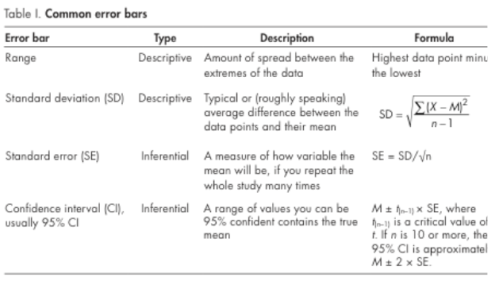
Last week I blogged on the talk by Peter Fraser where he showed evidence for the existence of transcription factories. He showed pictures as follows to demonstrate the theory of transcription factory. 
Fig. 1. Transcription factories are concentrated foci of active RNA polymerase. Immuno-detection of the hyper-phosphorylated form of RNAPII reveals their focal existence in a limiting number of transcription factories. Shown is a deconvoluted, single optical section of a mouse E12.5 fetal liver nucleus. Scale bar, 5 μm. Image courtesy of L. Chakalova. (taken from Seminars in Cell & Developmental Biology).
A new paper in molecular cell has appeared where the authors show evidence for the classical view that Pol II can be recruited to gene loci for activated transcription in living cells. They show this in polytene nuclei in salivary glands of Drosophila. Chromosomal DNA at loci containing the HS(heat shock) protein genes locally decondenses upon HS to form “puffs,” as can be readily observed in fixed, spread polytene chromosomes. Accompanying this decondensation is the strong recruitment of Pol II molecules that become densely packed along the activated transcription units. This is clearly demonstrated by this movie in live cells. Here is a picture which shows the transcription in the polytene chromosomes. The green color shows the presence of active transcription units where RNA pol II(which is ligated to enhaced Green flourscent protein) has been recruited.

Figure 1. Recruitment of Pol II to Major HS Puffs at 87A and 87C Observed in Living Cells
(A and B) Two-photon optical sections of a polytene nucleus expressing Rpb3-EGFP under NHS and HS conditions. (A) NHS: yellow arrows indicate Pol II-enriched sites that are transcriptionally active during normal development. (B) HS: red arrows show newly formed Pol II-concentrated sites upon HS.
(C) Recruitment of Pol II to 87A and 87C after HS. Times after HS are shown in minutes.
(D–F) Three sections of the same polytene nucleus under HS show distinct Pol II enriched sites (green). Chromosomes are stained with Hoechst33342 (red). 87A and 87C sites are indicated by the white arrows in (F) (Yao et al., 2006).
(G) A maximum intensity projection image (shown in pseudocolor) of all optical section series of this nucleus expressing EGFP-Rpb3 under HS (D–F). Scale bars, 10 μm.
Next the authors also have performed the dual-color FISH analyses on HS genes(figure 3). Labeled bacterial artificial chromosomes (BACs) containing HS genes were used to probe the interphase, diploid nuclei in larval imaginal disc tissues (Figure 3A). It is well known that HS genes are robustly activated in all larval tissues after HS, and therefore DNA-FISH signal during HS can represent active gene loci. The FISH signal indicates that HS genes occupy spatially distinct domains in most cases. Two Hsp70 loci 87A and 87C that are cytogenetically very close (separated by one subdivision  400 kb) also show distinct FISH signal. From these results, the authors conclude that, in diploid cells, HS genes colocalize at a very low frequency, and therefore, these coregulated genes are not generally cotranscribed within shared transcription factories during activation.
400 kb) also show distinct FISH signal. From these results, the authors conclude that, in diploid cells, HS genes colocalize at a very low frequency, and therefore, these coregulated genes are not generally cotranscribed within shared transcription factories during activation.
Figure 3. Intranuclear Positions of HS Gene Loci in Drosophila Imaginal Disc Diploid Nuclei
(A) A FISH image of imaginal disc nuclei (red, small hsp locus 67B; green, Hsp70 locus 87A). Scale bar, 5 μm.
(B) FISH images on HS genes before and after HS (87C, Hsp70 locus; 63B, hsp83 locus).
(C) Summary of FISH analyses on HS gene pairs before and after HS.
(D) Positions of 87A, 67B, and 63B loci relative to the nuclear periphery or interior regions.
It is real exciting and waiting game to see which of the two theories are going to fail: Is transcription factory a distinct sub-nuclear compartment or the classical view of RNA pol II recruited to the gene loci !!
.


 400 kb) also show distinct FISH signal. From these results, the authors conclude that, in diploid cells, HS genes colocalize at a very low frequency, and therefore, these coregulated genes are not generally cotranscribed within shared transcription factories during activation.
400 kb) also show distinct FISH signal. From these results, the authors conclude that, in diploid cells, HS genes colocalize at a very low frequency, and therefore, these coregulated genes are not generally cotranscribed within shared transcription factories during activation.